Boxer Pitbull: 100% Unique & Loyal Guide
The Boxer Pitbull, often referred to as the Pitoxer, is a hybrid breed that combines the energetic and friendly nature of the Boxer with the strength and determination of the Pitbull. This guide delves into the history, characteristics, care requirements, and unique qualities of the Boxer Pitbull. Through personal anecdotes and expert insights, you’ll gain a comprehensive understanding of this remarkable hybrid breed.
Table of Contents
ToggleA Brief History of the Boxer Pitbull
The Boxer Pitbull is not a purebred dog but rather a mix of two powerful and well-loved breeds: the Boxer and the American Pitbull Terrier. Both parent breeds have rich histories and distinct characteristics that contribute to the hybrid’s unique personality.
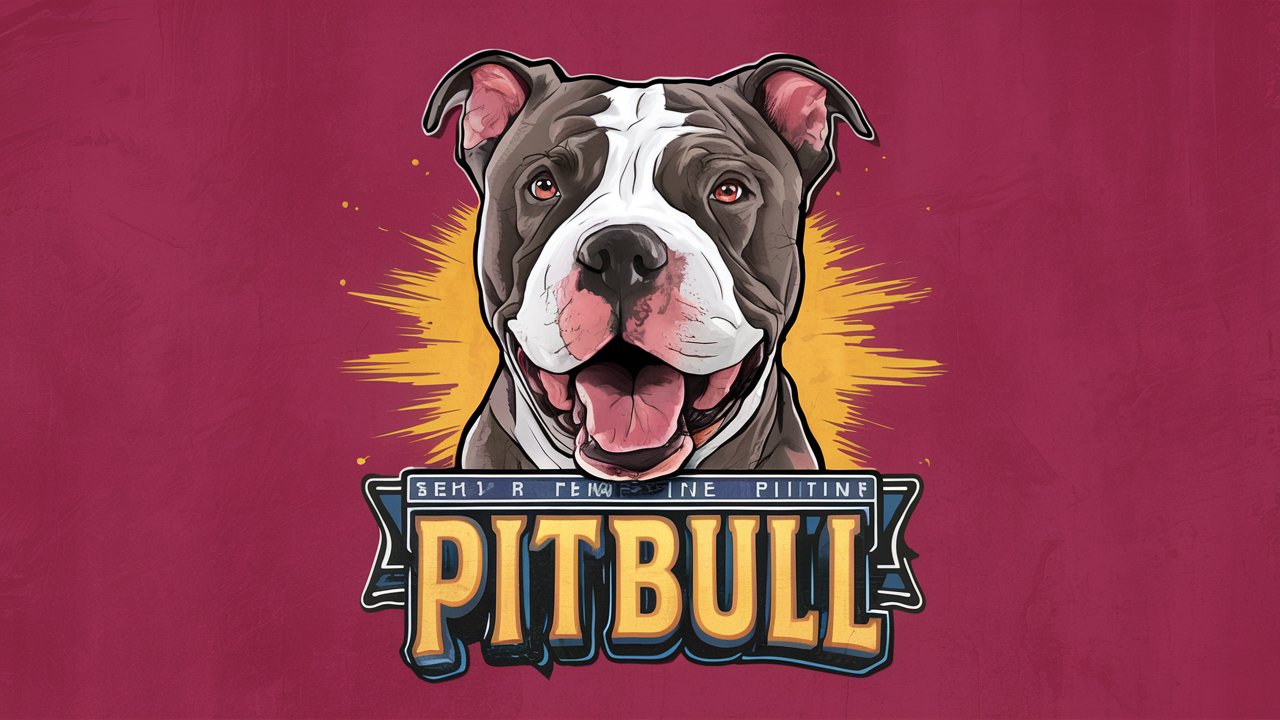
The Boxer
Originating in Germany in the late 19th century, the Boxer was developed from the Bullenbeisser, a now-extinct breed used for hunting large game. Boxers were bred for their strength, agility, and intelligence. They were initially used for hunting, guarding, and even as working dogs during World War I and II. Their playful nature and loyalty have made them popular family pets.
The Pitbull
The American Pitbull Terrier, often simply called the Pitbull, has its roots in early 19th-century England. Originally bred for bull-baiting and later for dog fighting, Pitbulls are known for their strength, courage, and tenacity. Despite their controversial history, they are also recognized for their loyalty, affection, and protective nature when properly trained and socialized.
Characteristics of the Boxer Pitbull
Physical Traits
- Size: The Boxer Pitbull is a medium to large dog, typically weighing between 50-80 pounds and standing about 20-26 inches tall at the shoulder.
- Coat: Their coat is short, smooth, and can come in various colors, including brindle, fawn, black, and white. They may also have a mix of colors and patterns from both parent breeds.
- Head: The hybrid inherits a strong, broad head from both parent breeds, often with the Boxer’s expressive face and the Pitbull’s muscular jaw.
- Build: Boxer Pitbulls are muscular and well-built, showcasing the athleticism and power of both the Boxer and Pitbull.
Temperament
Boxer Pitbulls are known for their energetic and affectionate nature. They combine the best traits of both parent breeds, resulting in a loyal and friendly companion. Key temperament traits include:
- Energetic: These dogs have high energy levels and require regular exercise to stay happy and healthy.
- Loyal: They form strong bonds with their families and are known for their protective instincts.
- Intelligent: Boxer Pitbulls are quick learners and respond well to positive reinforcement training methods.
- Social: They generally get along well with children and other pets if properly socialized from a young age.
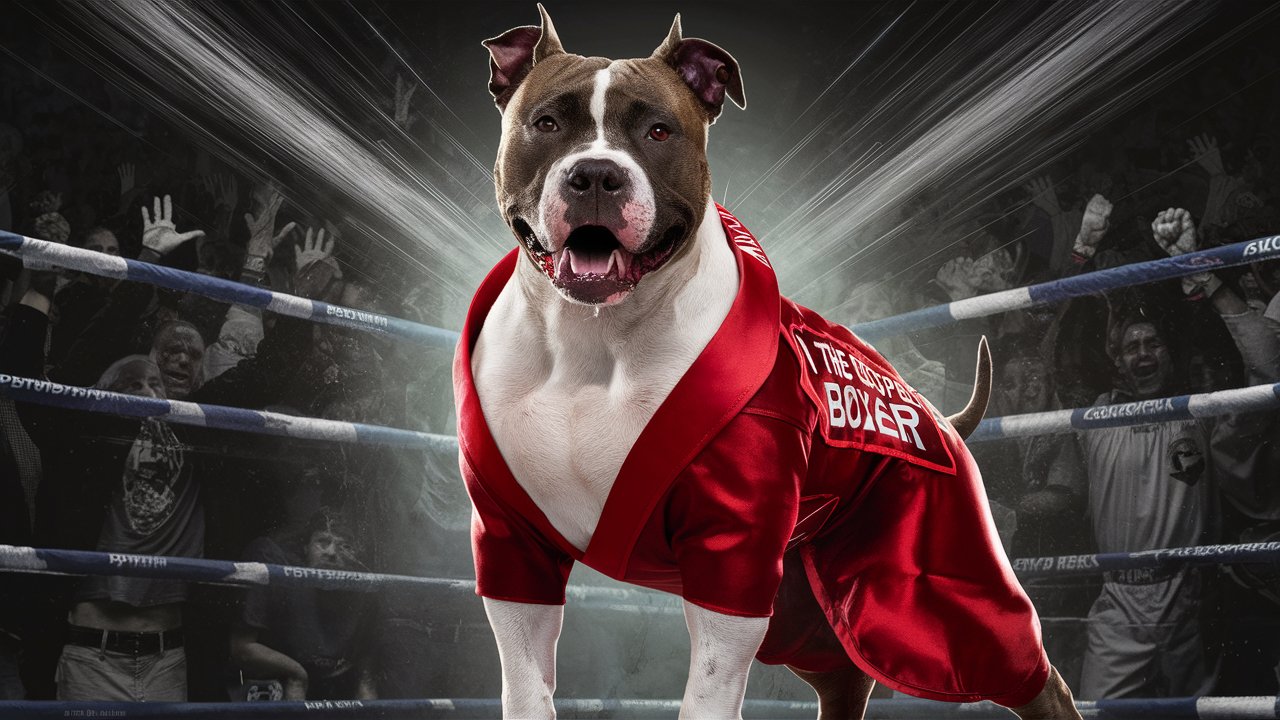
Personal Anecdote: My Experience with a Boxer Pitbull
When I first brought home Bella, my Boxer Pitbull, I was immediately struck by her boundless energy and affectionate nature. Bella was an eight-week-old bundle of muscle and curiosity, with bright eyes that seemed to take in everything around her. From the moment she entered our home, she brought a sense of joy and excitement that was truly infectious.
One summer, we decided to take Bella on a road trip to the mountains. It was her first big adventure, and I was a little nervous about how she would handle the long drive and new environment. As it turned out, Bella was a natural explorer. She loved sticking her head out the car window, feeling the wind on her face, and barking at the passing scenery. When we reached the mountains, her enthusiasm knew no bounds. She hiked alongside us with the vigor of a seasoned mountaineer, leaping over rocks and splashing in streams.
That trip cemented my bond with Bella and highlighted the incredible spirit of the Boxer Pitbull. Her adventurous nature and unwavering loyalty made every moment special, and I realized just how deeply these hybrids can connect with their owners.
Caring for a Boxer Pitbull
Nutrition
Boxer Pitbulls require a balanced diet to maintain their muscular build and high energy levels. Here are some dietary considerations:
- High-Quality Food: Choose a dog food that lists meat as the first ingredient and contains a balanced mix of proteins, fats, and carbohydrates.
- Portion Control: Due to their high energy levels, Boxer Pitbulls can be prone to overeating. Follow feeding guidelines and adjust portions based on your dog’s activity level and age.
- Avoid Human Food: Some human foods can be harmful to dogs. Stick to dog-safe treats and avoid giving them table scraps.
Exercise
Boxer Pitbulls are active dogs that need regular exercise to stay healthy and happy:
- Daily Walks: Aim for at least one hour of exercise per day, which can include walks, runs, or playtime in the backyard.
- Mental Stimulation: Engage your Boxer Pitbull with puzzle toys, training sessions, and interactive games to keep their mind sharp.
- Socialization: Regular playdates with other dogs can help satisfy their social needs and improve their behavior around other pets.
Grooming

Boxer Pitbulls are relatively low-maintenance when it comes to grooming:
- Brushing: Brush their coat weekly to remove loose hair and keep their coat shiny.
- Bathing: Bathe your Boxer Pitbull as needed, typically once a month or when they get particularly dirty.
- Nail Trimming: Trim their nails regularly to prevent overgrowth and discomfort.
- Ear Care: Check and clean their ears regularly to prevent infections.
Health
Boxer Pitbulls are generally healthy, but they are prone to certain genetic conditions inherited from their parent breeds:
- Hip Dysplasia: A genetic condition that affects the hip joint.
- Heart Conditions: Including aortic stenosis and cardiomyopathy.
- Allergies: Some Boxer Pitbulls are prone to skin allergies, which may require special diets or medications.
- Cancer: Both Boxers and Pitbulls have a higher risk of developing certain types of cancer.
Regular veterinary check-ups, a healthy diet, and appropriate exercise can help mitigate these risks.
Training and Socialization
Training a This Dog breed requires patience and consistency due to their intelligent but sometimes stubborn nature:
Basic Commands
Start training early with basic commands such as sit, stay, come, and heel. Positive reinforcement techniques, such as treats and praise, are particularly effective.
Socialization
Expose your Dog to different environments, people, and other animals from a young age. This helps them develop into well-rounded and confident adults.
Advanced Training
Dog this breed excel in advanced training and can be trained for various roles such as:
- Agility Training: Their athletic build and energy levels make them great candidates for agility courses.
- Obedience Training: Advanced obedience training can help manage their exuberance and ensure they are well-behaved in all situations.
- Therapy Dogs: Boxer Pitbulls’ affectionate nature makes them excellent therapy dogs, providing comfort and companionship in hospitals and nursing homes.
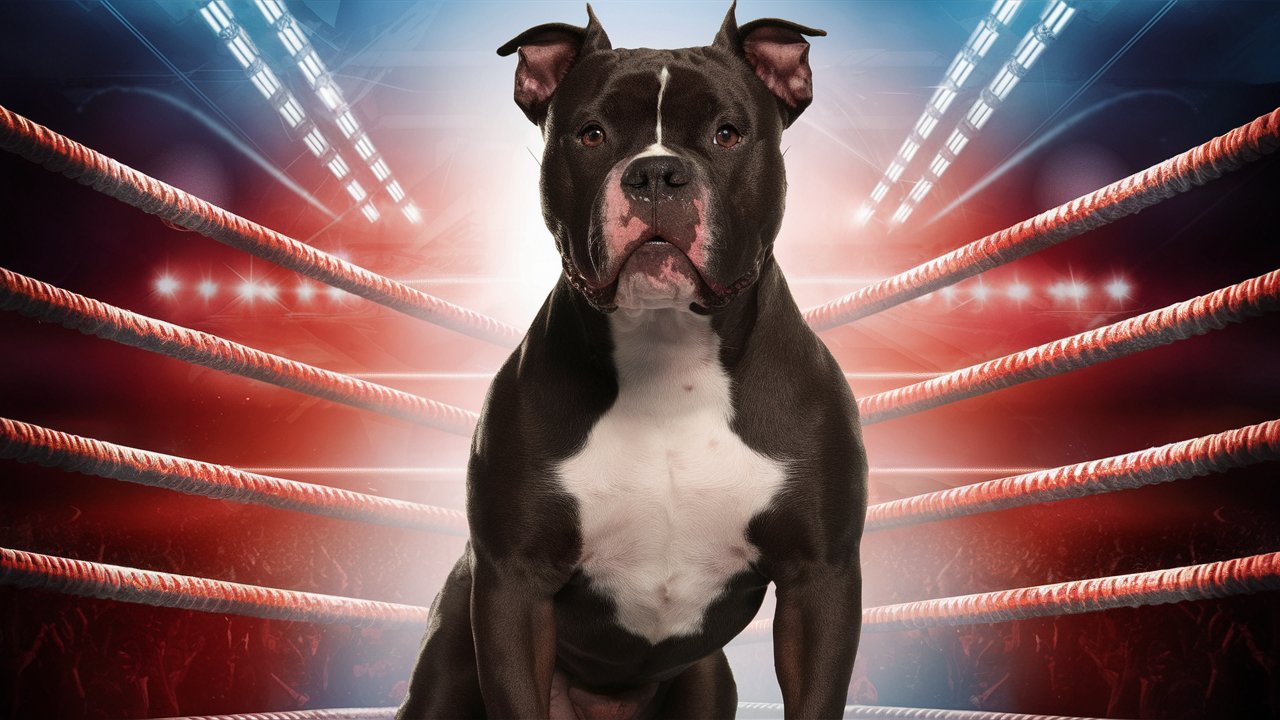
Conclusion
Boxer Pitbulls are a unique and remarkable hybrid breed that combines the best traits of Boxers and Pitbulls. They are energetic, intelligent, and deeply loyal companions that bring joy and excitement to any household. Their playful demeanor and boundless affection make them ideal family pets, while their protective instincts and intelligence allow them to excel in various roles beyond companionship.
My experience with Bella, our family Boxer Pitbull, highlighted the unique charm and endearing qualities of this hybrid. Her enthusiasm for life and unwavering loyalty left a lasting impact on our family, and I’m sure any Boxer Pitbull owner would agree.
If you are considering adding a Boxer Pitbull to your family, understanding their needs and characteristics is crucial to ensuring a happy and healthy life for your furry friend. The bond you form with a Boxer Pitbull is truly special, filled with unforgettable moments of joy, loyalty, and love.
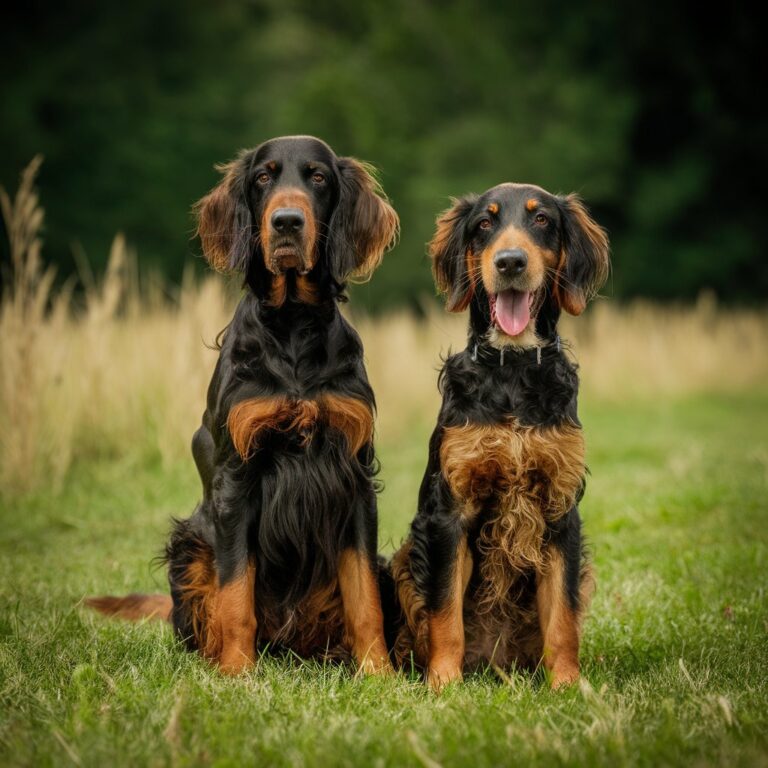
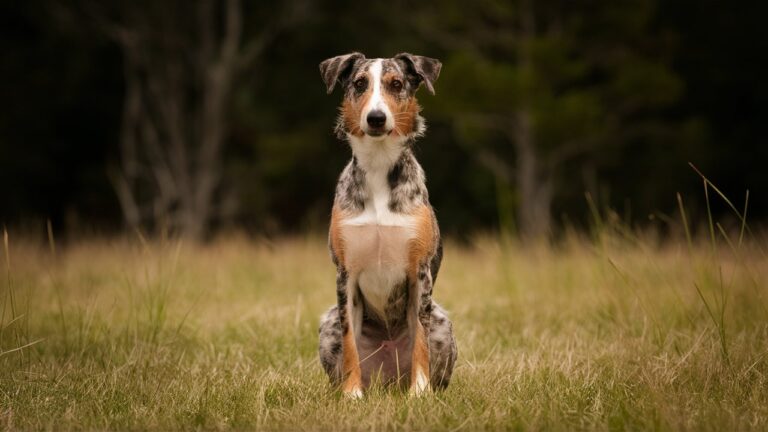
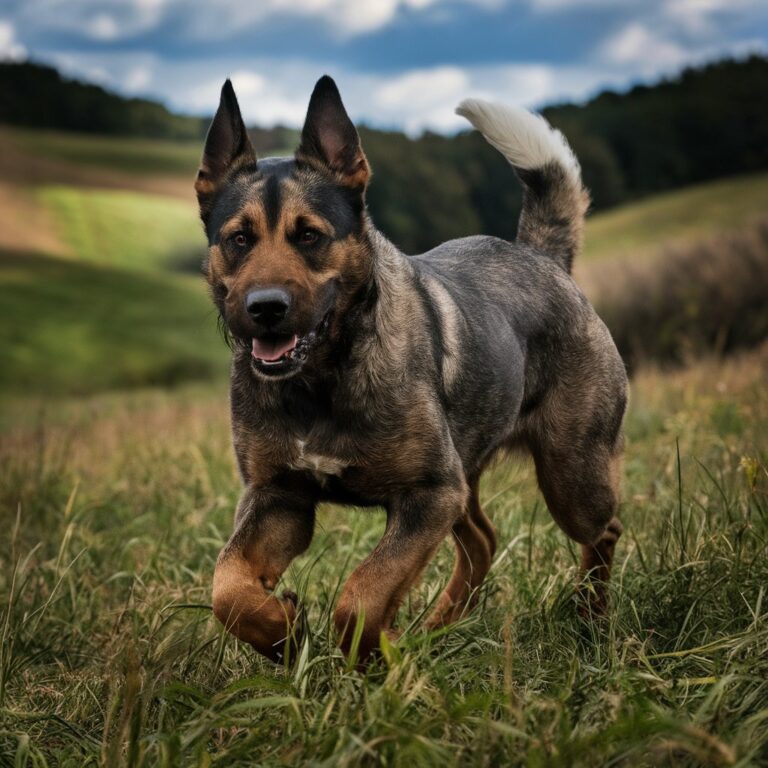



Can you be more specific about the content of your article? After reading it, I still have some doubts. Hope you can help me.
Thanks for your feedback! Could you let me know which parts were unclear so I can clarify?